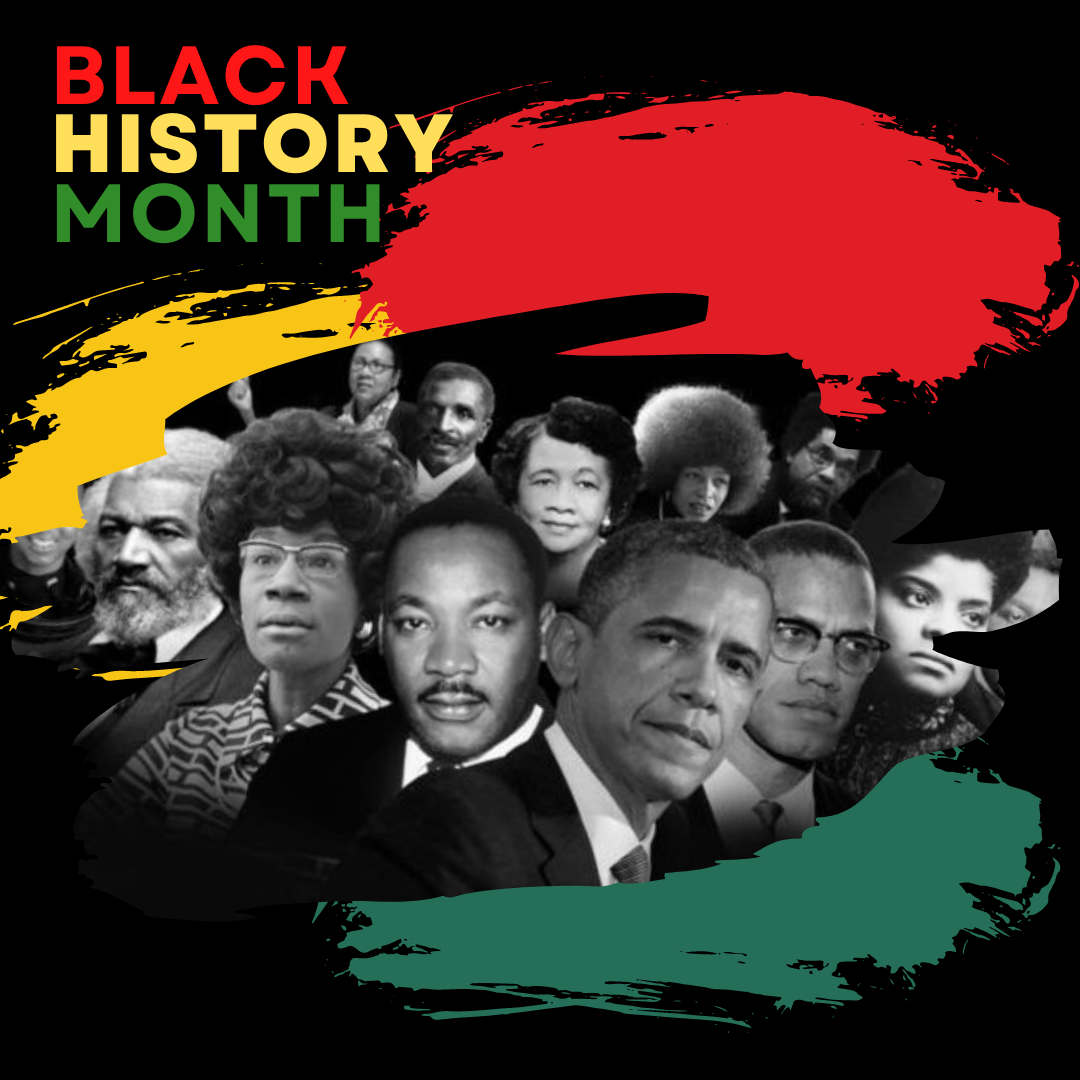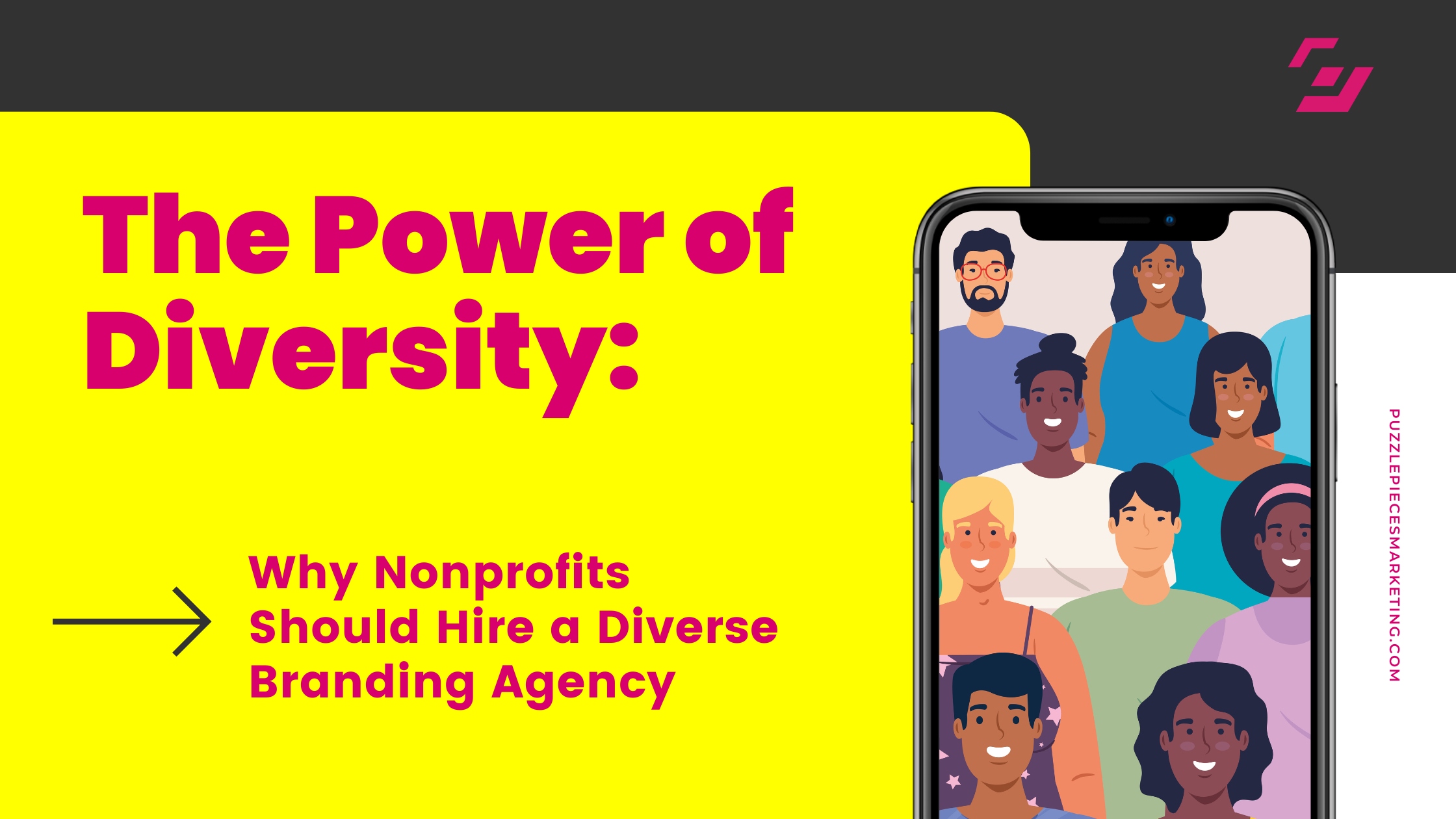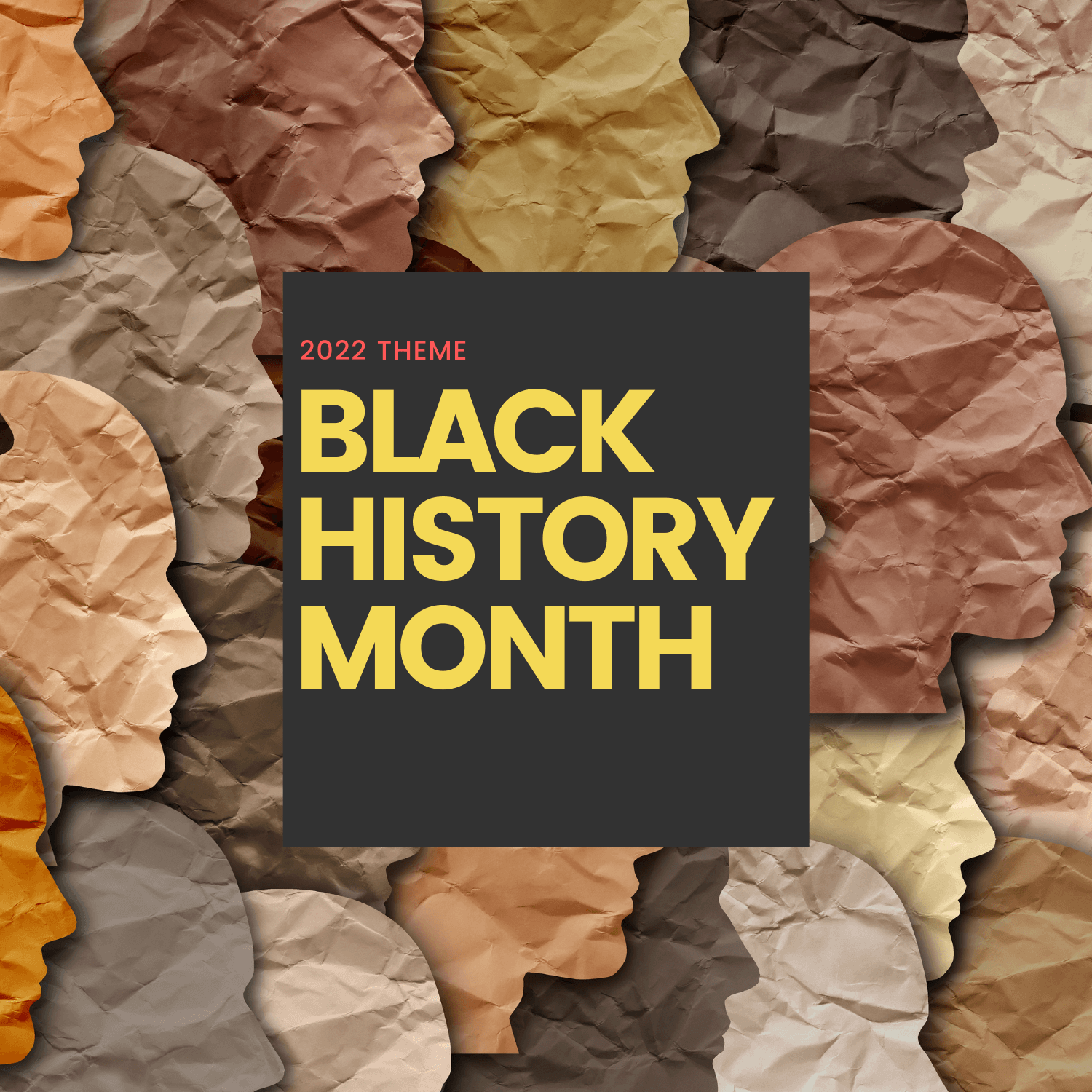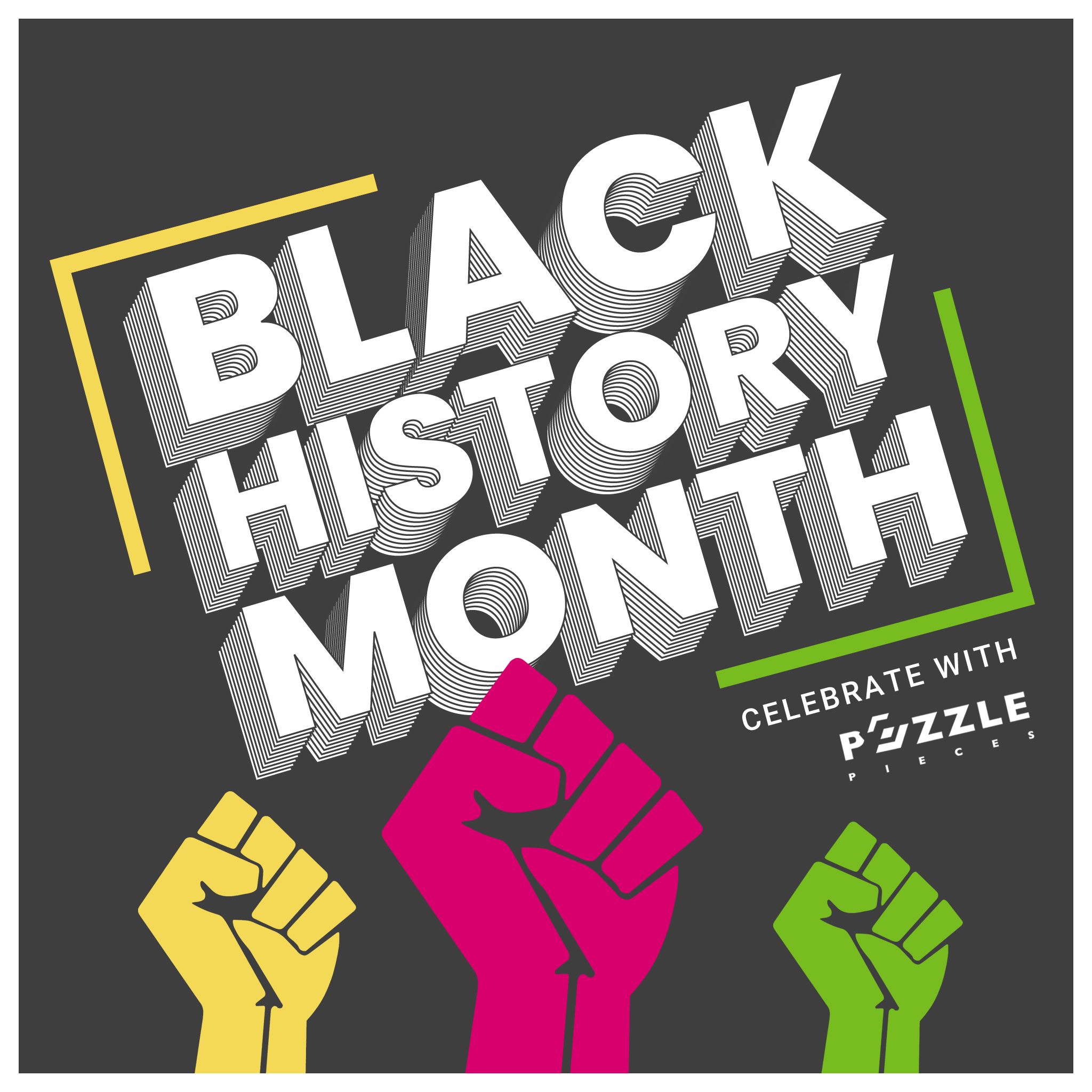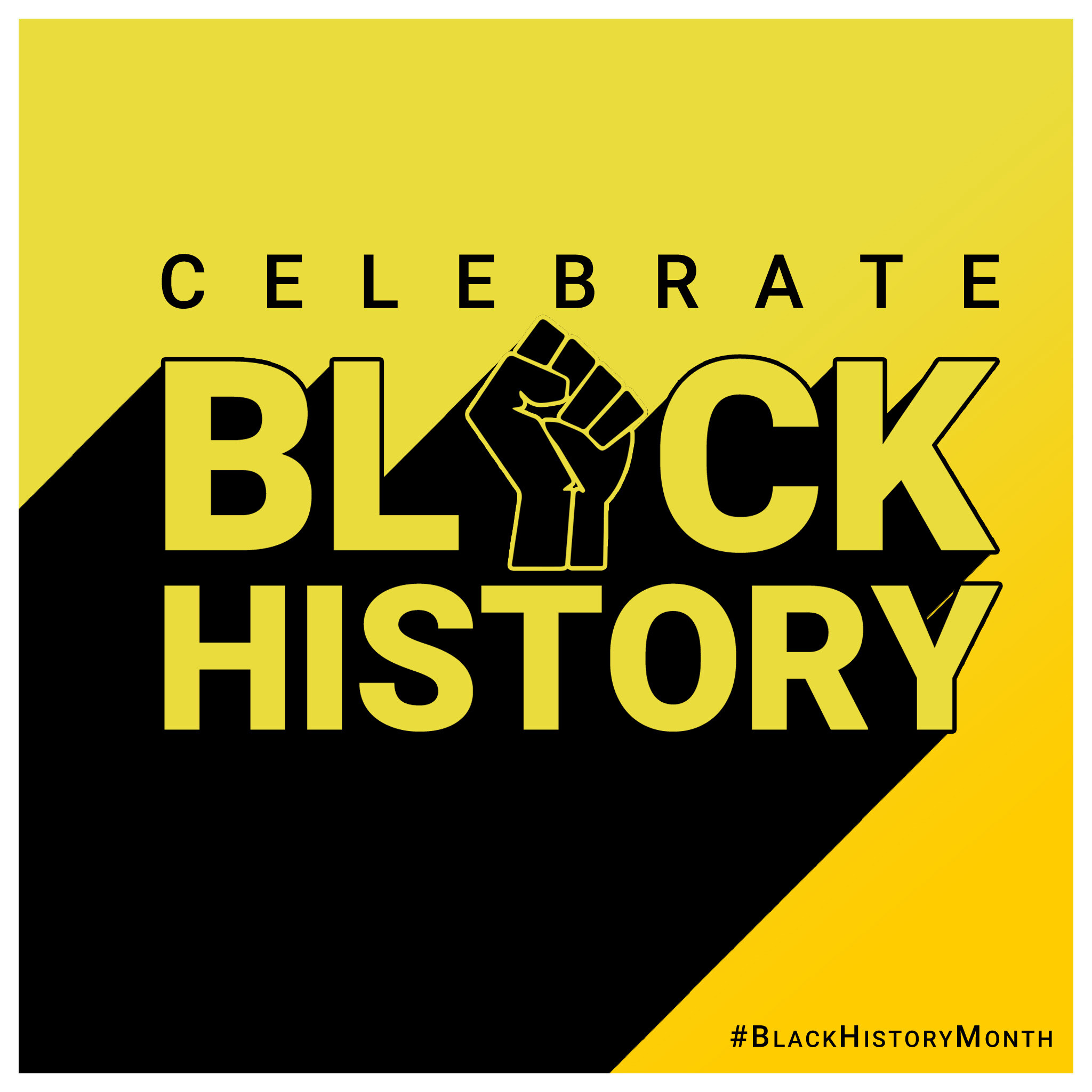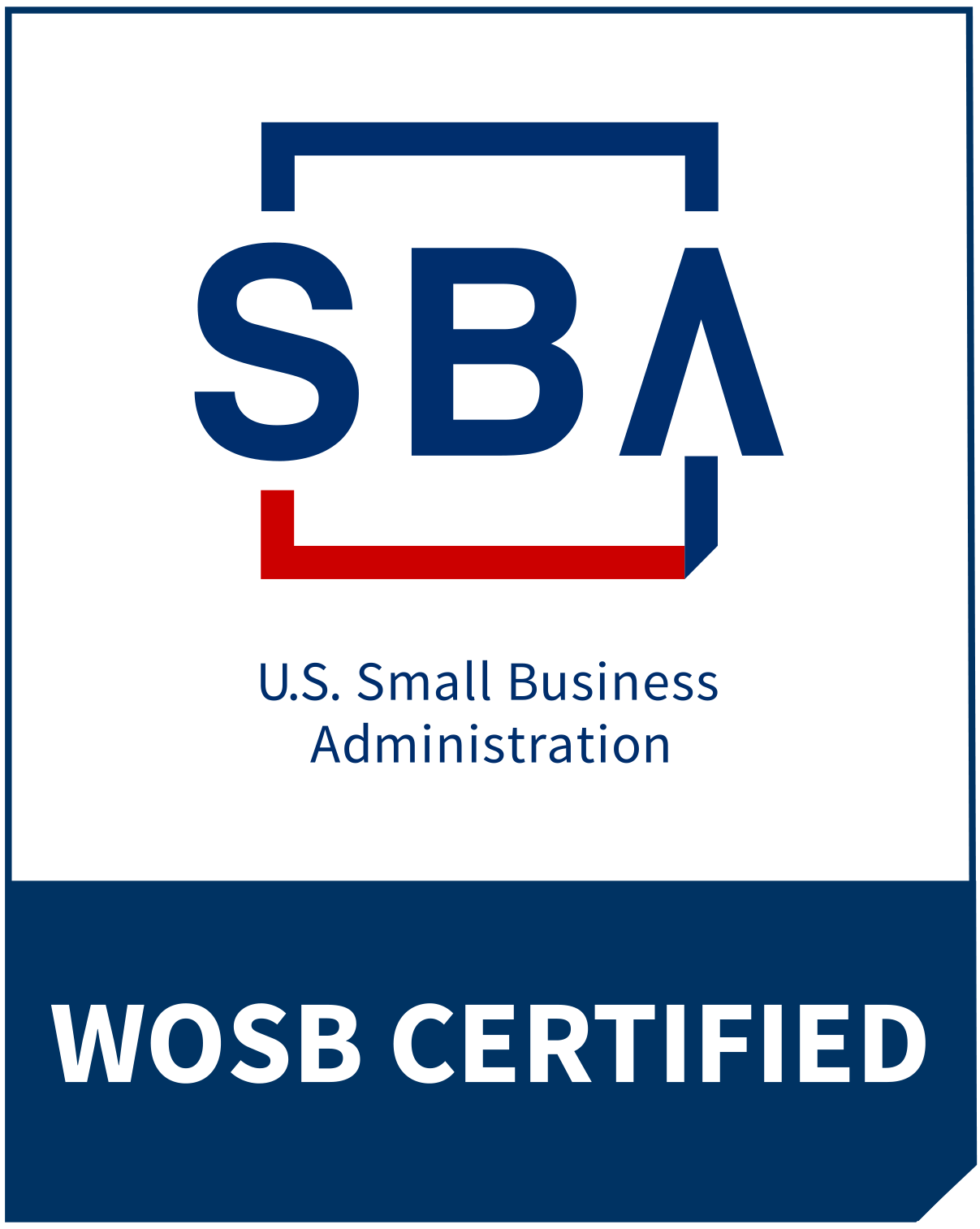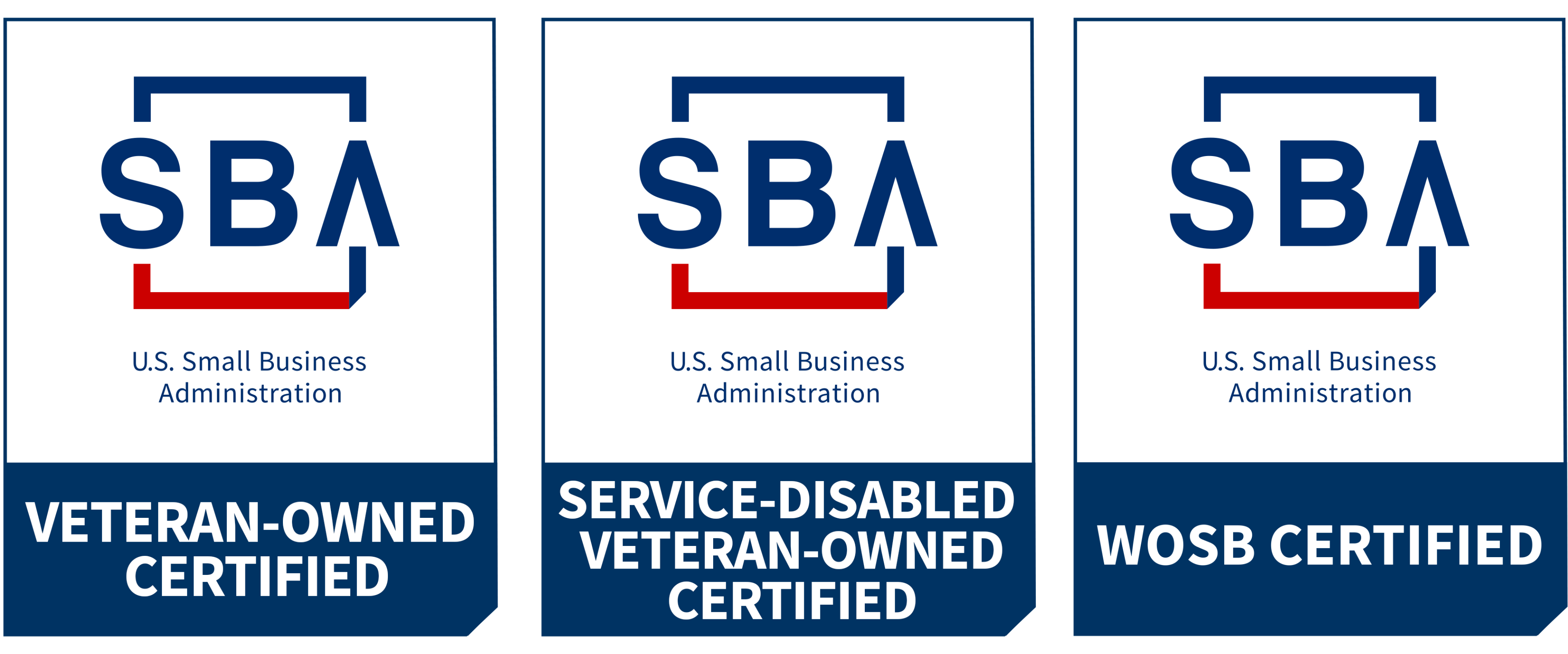How February Became Black History Month
In 1976, five decades after historian and Harvard-graduate Carter G. Woodson announced the first Black History Week—then called the National Negro History Week—an important precedent was set. February was nationally recognized by US president Gerald Ford as Black History Month. Since then, every February, communities around the country come together to recognize and celebrate the contributions made by Black Americans.
The storied past to arrive at this moment was paved with obstacles, perseverance, and triumph. There are many way to start this story. One of which is to begin in September of 1915—when Carter G. Woodson founded the Association for the Study of Negro Life and History (ASNLH).
Black History Month: The Beginnings
Carter G. Woodson was passionate about promoting awareness of Black progress and achievements, but he faced serious hurdles when he tried to share his research.
In the summer of 1915, a new catalyst occurred. It was the 50th anniversary of Emancipation, and Woodson joined thousands of other Black Americans in traveling to Chicago for a commemorative gathering. The popularity of the three-week event inspired Woodson to found the Association for the Study of Negro Life and History as a way to study and publish the history of Black Americans.
Hoping to increase awareness of Black history even further, Woodson and the ASNLH announced the very first week-long event to commemorate Black history in February 1926.
Tracing the Timeline of Black History Month
From there, events commemorating Black history happened like wildfire. Woodson’s announcement prompted enthusiastic participation across the country, and through the years, the celebrations only grew. The strengthening movement for Civil Rights sparked things further.
However, it took time for Black History Month to be acknowledged by US leaders—even though plenty of Americans already participated.
The timeline below distinguishes the many years that passed in between:
- 1915 – Carter G. Woodson founds the Association for the Study of Negro Life and History (ASNLH).
- 1926 – The ASNLH issues a press release establishing Negro History Week during the month of February.
- 1960s – Inspired by the growing Civil Rights movement, college campuses across the U.S. begin celebrating Black History Month.
- 1976 – Gerald Ford is the first American president to officially acknowledge and endorse the observance of Black History Month.
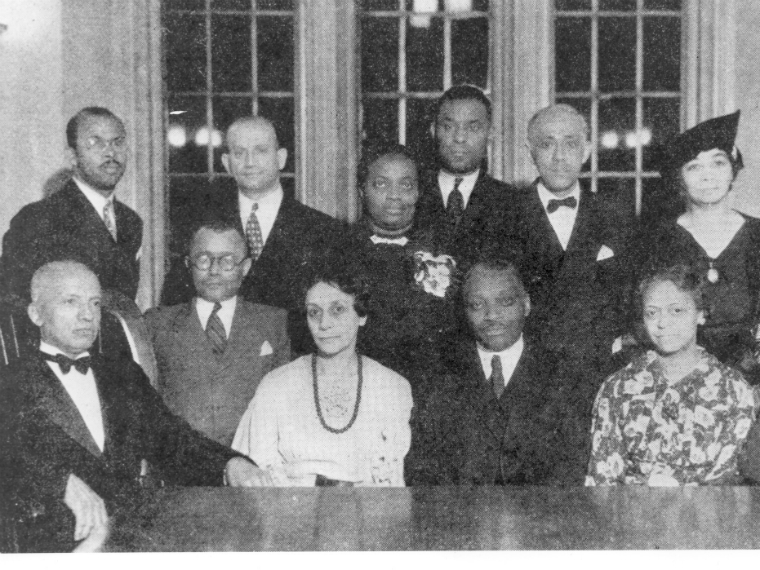
Committee responsible for the 20th anniversary of the Association for the Study of Negro Life and History in 1935. Dr. Carter G. Woodson is sitting to the far left. (Source: Chicago Public Library)
What this timeline doesn’t show is the struggle and fight that Black Americans overcame to reach these milestones. However, it clearly demonstrates the power of persistence. These events show that dedication can be groundbreaking when shared by the many who support the cause.
Why Black History Month is in February
Those who honor Black History Month might still wonder why February was chosen as the time to acknowledge Black achievements, and how a single month could ever be adequate.
These questions are justified, but the answers to both can shed some light on how we got here—and where to go next.
The choice of month had a purpose. February was already a period in which the birthdays of two important figures were celebrated: Abraham Lincoln on the 12th, and Frederick Douglass on the 14th. By uniting his event with these traditions, Woodson was able to grow the interest of those already celebrating Black history, rather than start it from scratch.
Even before the event grew from a week to a month, Woodson didn’t see it as just a once-a-year celebration with a start and end date. Instead, it was meant to encourage the inclusion of these important topics in all educational settings—in every month of the year.
Boost Your Impact with Puzzle Pieces Marketing
You don’t have to limit yourself to celebrating Black history only one month of the year. Rather, February stands as an annual reminder to be conscious of the contributions of Black Americans throughout the year.
If you’re already planning ways to honor and recognize Black history, well done. Sharing and reflecting on our past is key to our collective movement toward a better future.
Another way to elevate your voice? Amplify awareness of your organization with Puzzle Pieces Marketing. We’re here to boost the impact of nonprofits working for the good of their communities.
When you’re ready to take action, we’re in it together.
Sources:
The Association for the Study of African American Life and History. Origins of Black History Month. https://asalh.org/about-us/origins-of-black-history-month/
History. Black History Month. https://www.history.com/topics/black-history/black-history-month

